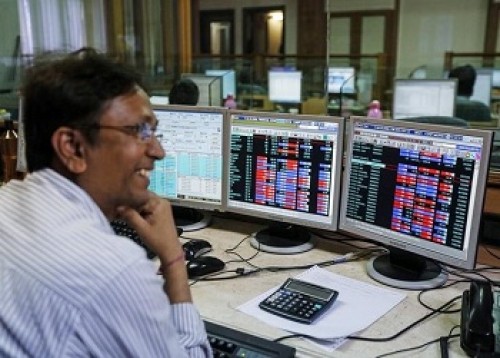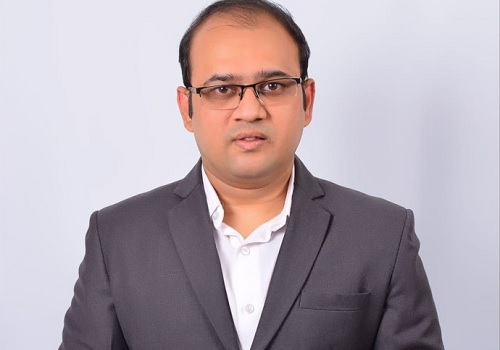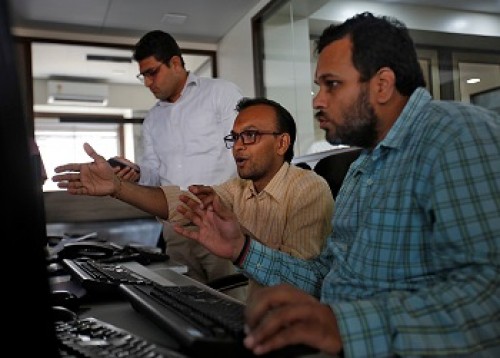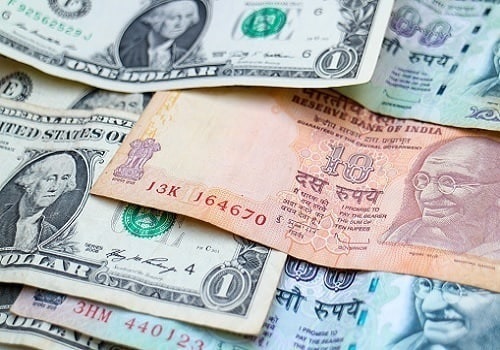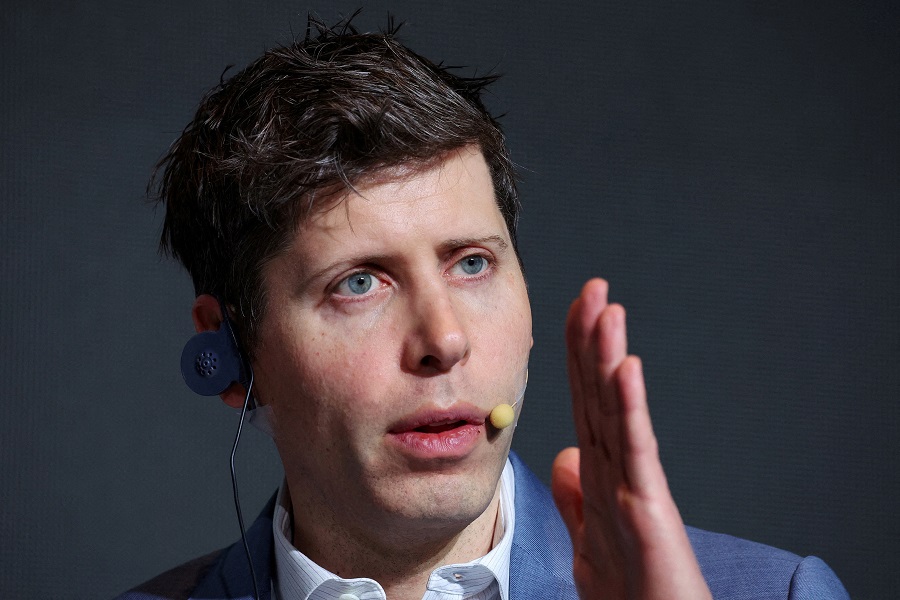If US slips into recession, expect major market correction: MOFSL equity head

After the much-anticipated LIC's bearish listing on domestic exchanges, there is a possibility that companies might wait for the equity markets to settle down in terms of volatility and shelve their initial public offerings (IPOs) plan for some time, says Motilal Oswal Financial Services' Head, Equity Strategy - Broking and Distribution, Hemang Jani.
He also cited the importance of global cues and developments, particularly in the US, on investor sentiments.
After looking at the performance of LIC, many market participants believe that the craze for IPO seems to have subsided for now.
Companies like NSE, Byju's, Snapdeal, Ola, Oyo, Pharmeasy, Bajaj Energy, Go Airlines, MobiKwik are likely to come out with IPOs in 2022.
Companies with differentiated and niche business models continue to see good demand irrespective of market conditions, Jani told IANS, adding that, however, both promoters and investment bankers may now look at more reasonable pricing of their IPO offerings which may offer some upside for retail investors.
Here are some excerpts.
Q: Looking at the current high volatility in equity markets, what is your take on how FIIs/FPIs behave as far as their investment in India is concerned?
A: FIIs have been continuously selling since October 2021. They have sold almost 3.23 lakh crore worth of stocks since then. In anticipation of the US Fed rate hikes and bond tapering (reducing the excess liquidity from the system), foreign institutional investors (FIIs) started selling stocks from the emerging markets.
In this month too, they have sold Rs 51,800 crore worth of equities in India.
On the other hand, domestic institutional investors (DIIs) have supported the markets as they have been net buyers on a month on month basis since April 2021. They have bought 2.96 lakh crore worth of stocks since Apr 2021. This is primarily due to the increased retail participation in India through the mutual fund route.
Q: Do you see the equity market already bottoming out, or are there any chances of major correction going ahead in the near-term?
A: Equity markets across the globe have corrected in the last 6-8 months. The US, European, and Indian indices have fallen in the range of 7 to 15 per cent from their respective peaks. Rising inflation and interest rates across the globe, high crude and other commodity prices, multi-year high dollar index, weak corporate earnings and supply chain disruptions due to lockdowns are few factors causing correction in the world markets.
The US Fed and RBI would be raising the interest rates further to curb inflation.
Markets have, to an extent, discounted a further 50 basis points rate hike by the US Fed in the coming meetings. This can lead to some more volatility/consolidation in the equity markets but we do not expect a very steep fall from current market levels.
Any adverse geo-political news across the globe can lead to further disappointment in the equity markets. A major correction from here can happen only if the US slips into a recession.
Q: In such a highly volatile situation, which are the safe assets to hedge one's portfolio, especially for retail investors with shallow pockets?
A: In volatile markets it is better to have some cash in the portfolio which acts as the safest haven. Depending on the size of the portfolio and the risk appetite of the individual, it is advisable to have 10-25 per cent cash component in the portfolio. One can deploy cash at lower levels once the market settles down.
Q: Your near-to-medium term outlook on LIC?
A: LIC IPO was attractively priced at 1.1x 1HFY22 EV which was at significant discount to its private listed peers. However given the weak market sentiments, its share price has been lacklustre since its listing.
The pandemic has impacted the insurance sector in the last 2 years leading to suppressed earnings. While the numbers for some private players have started showing improvement, we would like to await its performance over next few quarters before forming any view. Further the stock price movement would also depend upon the government's plan to dilute its stake in future.
Q: How will commodity led inflation dent investors' sentiment? Looking at the government's latest measures, how much time will it take, if at all, for CPI to return to the RBI tolerance band of 2-6 per cent?
A: Historically we have seen that with rising Inflation and interest rates, equity markets tend to take a pause over a short to medium term period. Some correction is seen in equities as selling intensifies in rate sensitive sectors like metals, real estate, commodities etc.
This typically leads to some disappointment as far as the investors' sentiment is concerned over a short to medium term period as it becomes difficult to make money during these volatile times.
The RBI has taken steps to curb inflation by raising interest rates. Also, the government has taken several steps to curb inflation by hiking export duties on steel and steel products, restricting sugar and wheat exports to cool off the food prices. This would definitely help in cooling off the inflation over the next couple of months. Also a normal monsoon should be very helpful in cooling off the food inflation going forward.
Q: With depleting forex reserves, how difficult it would be for the RBI to defend sharp or runaway depreciation of rupee. What is the other ammunition available with the central bank? What is your support and resistance for the rupee in the next one month or so?
A: US dollar made an all-time high of 77.9 against the Indian rupee this month. If the US dollar moves above 77.9, then it would be a fresh breakout which can move towards 78.5 levels and can cause more selling in equities.
Over the next one month, the support for the rupee is placed at around 76.8 levels and resistance at around 78.5 levels.

